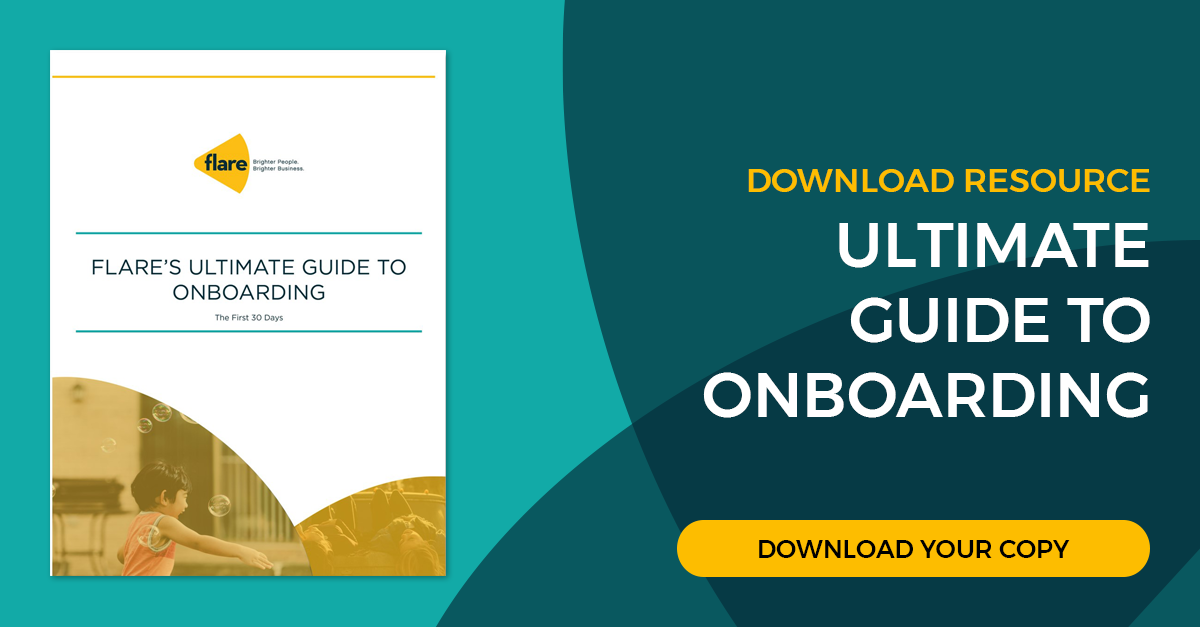Beginning the process of human resource planning needs careful attention because when it’s done well, human resource forward thinking is a valuable process which will ensure that the employees you currently have, match well with the tasks which need attention, integrate into your company and culture, and feel at home.
Properly managed Human resource planning goes beyond the now and forecasts future labour demands within an organisation. It’s a continuous process of systematic planning which takes place to help an organisation achieve the best use of their workforce.
At first glance, human resource planning sounds quite simple but it’s a precise art and one which can vary from organisation to organisation because a company’s goals and objectives need to be taken into account and no single company’s goals are the same.
These processes, plans and systems assist businesses to sift through the ‘maybes’ and learn to anticipate workforce variations instead of living in a constant state of surprise, or making up the HR strategy as you go!
Onboarding planning comprises 4 comprehensive steps
When creating a human resources plan, these are the main considerations for any HR professional. The 4 steps which are integral in any human resource planning are all important but one of them is vital. That point is forecasting demand. This means that businesses need not only a clear picture of their company but a good understanding of several other factors before they can put their plan into action.
✅ STEP 1: Analyse company objectives and HR needs
Strategic aims within an organisation must be aligned to human resources practices in order to ensure that a human resources plan is as effective as it can possibly be.
Questions to ask include what growth or decline is expected? How might this impact the workforce? What are predicted sales for the forthcoming year?
Goals need to be shared; CEOs should be on the same page as HR professionals so that the focus on human resources is fully embraced by all of the people involved in the planning.
The human resources plan should cover every part of a businesses from sales to expansion, from recruitment to training. An excellent way to ensure that everyone is on the same page is to implement a strategic plan for human resources to utilise.
This plan should include factors such as upcoming retirements, staff who will be undertaking further training which will advance their skills and any other factors which will affect the future of your workforce.
ACTION – Create a strategic plan for HR and ensure it aligns with company objectives. Consider using cloud-based HR solutions to centralise and save valuable time.
✅ STEP 2: Determine recruiting strategy and evaluate current human resources
Recruitment strategy is a powerful tool when well implemented. Consider Starbucks; this is a company which ranked at 131 on 2017’s Fortune 500 and with projected sales of thirty-five billion by 2021.
How does a company this massive, even begin to successfully manage their human resource plans?
A vital aspect for Starbucks is their recruitment strategy which targets potential employees who are ‘on-brand’ and who pass a carefully structured interview process. Starbucks also put a lot of energy into employees’ well-being and as a result, the company have an extremely low turnover in staff. Their somewhat unusual practices are working extraordinarily well and have been for many years.
You can begin by looking at the number of people currently employed, taking into account their skills and potential for future development, you should be able to determine which positions will need to be filled in future. Creating a profile for your ‘ideal employee’ which covers the gamut of openings within your business will also ensure your staff turnover is lowered.
Digitising employee onboarding can be a powerful way to not only cut the costs of recruitment, retention and management, but can also help your employees to feel more empowered and engaged.
Also consider which jobs will be created or phased out, how can the new positions best be filled? A performance evaluation strategy can help here as you review your employees’ performances.
Once your plan is in places you can plan the best options for recruiting the best people for future gaps in the workforce.
ACTION – Create a performance evaluation strategy and implement it across the organisation.
✅ STEP 3: Predict need
This is the practice of estimation. Looking at the potential numbers of future employees in an organisation and ensuring that they are of the best quality.
It’s not an exact art. There is some estimation involved and because of this, it’s quite challenging. Gathering the data needed to predict the future of your workforce is tricky in itself and involves both statistical data and ordinary observation. Utilise data you already have access to including predicted sales and slumps.
ACTION – Gather statistical data to predict the future staffing needs of the business
✅ STEP 4: Planning training and development
The previous steps will show you where, if at all, there are gaps. Will there be skills shortages within your workforce? Do you need to implement training for certain individuals now to ensure that you have the right workforce in place at the right time? Upcoming retirements for example can necessitate further training for individuals on lower rungs.
Some changes can’t be predicted; long-term illness for example and employees changing careers or the shifting needs of their families can all impact your team but there’s no effective way to predict these changes. You can however forecast some variables and these should be carried out with care.
Ensure that you keep records of the skills your workforce currently have and update them as the staff receive further training and development.
ACTION – Carry out strategic forecasting to ensure that the company is well prepared for future changes.
With careful planning and the right tools, any company can benefit from the positive changes which an excellent human resources plan can bring about. Change however is something which not everyone is comfortable with, so it’s important to approach new implementations with sensitivity and care, this will result in a workforce which feels part of the new strategies and not subject to them.






